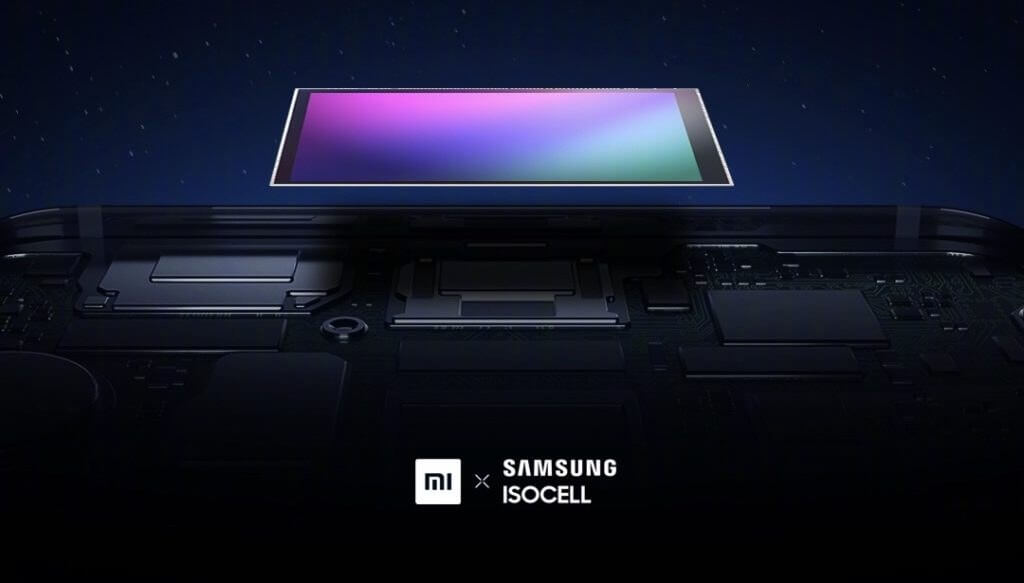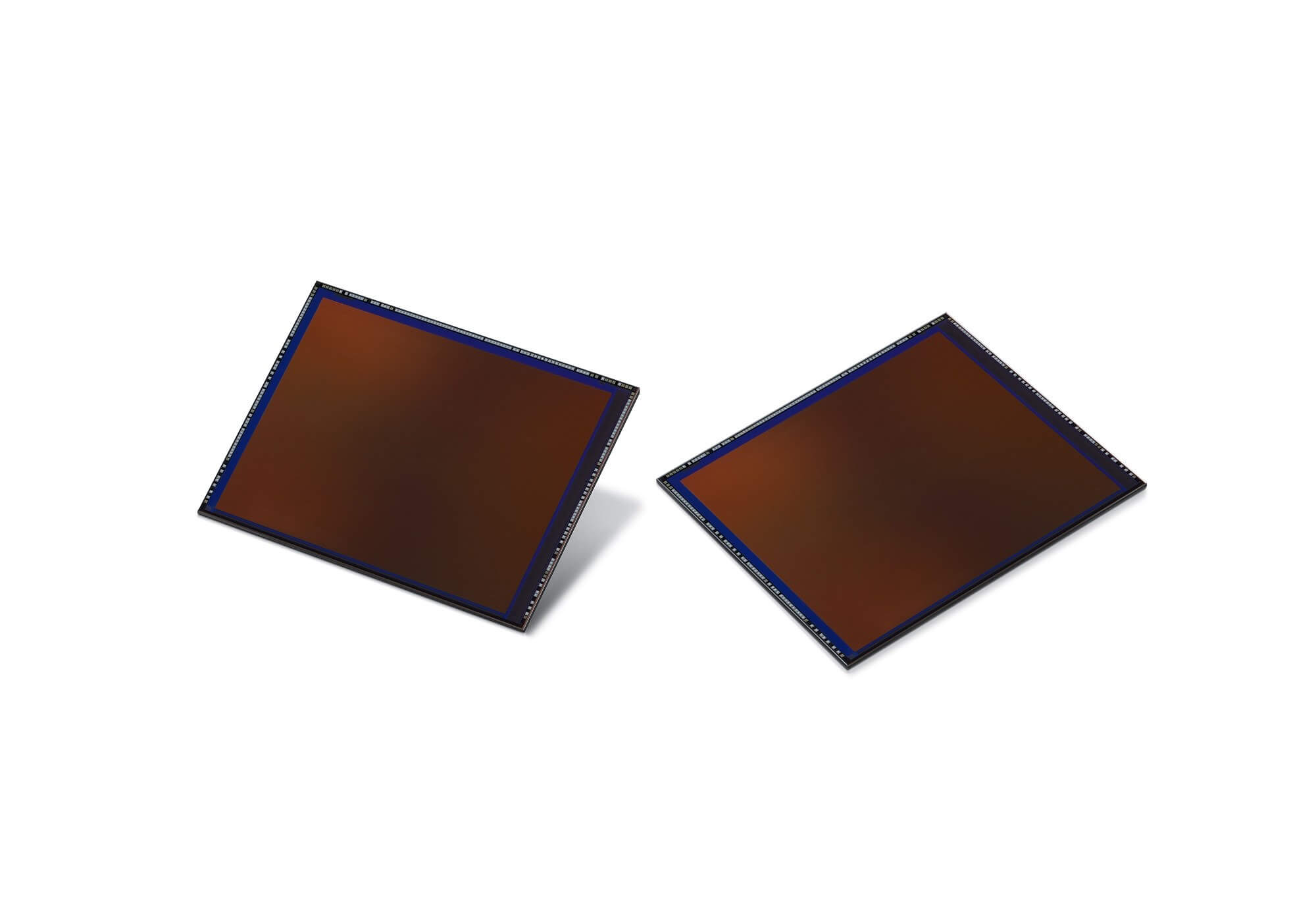In brief: Samsung has unveiled its new 108MP ISOCELL Bright HMX camera sensor, which it says is the first in the industry to go beyond the 100 million-pixel mark.

Back in May, Samsung introduced the 64-megapixel ISOCELL Bright GW1. Last month, Xiaomi sub-brand Redmi posted an image taken on an unknown handset showing the level of detail this sensor can capture. Additionally, Realme CEO Madhav Sheth Realme showed off some photos taken by its 64MP quad-camera phone, which also uses the GW1 sensor, that can shoot images up to 9,216 x 6,912.
While we’re still waiting for a handset with a 64MP camera to release, Samsung has unveiled its ISOCELL Bright HMX, which ups the megapixel count to a massive 108MP. Like the 48MP and 64MP sensors, this latest version is part of Samsung’s 0.8-micrometer (μm) image sensor lineup.

The new 1/1.33-inch sensor is another to utilize pixel-merging Tetracell technology, which merges four pixels into one, allowing it to take 27MP photos in low-light environments. It also uses smart ISO technology and can record lossless 6K video (6,016 x 3,384) at 30fps.
Samsung says it worked in close collaboration with Xiaomi during the development of the sensor, adding that mass production will begin later this month. The Chinese company last week announced that it would be releasing a 108MP phone, possibly the Mi Mix 4 or the Mi 10.
“We are very pleased that picture resolutions previously available only in a few top-tier DSLR cameras can now be designed into smartphones,” said Lin Bin, co-founder and president of Xiaomi. “As we continue our partnership, we anticipate bringing not only new mobile camera experiences but also a platform through which our users can create unique content.”